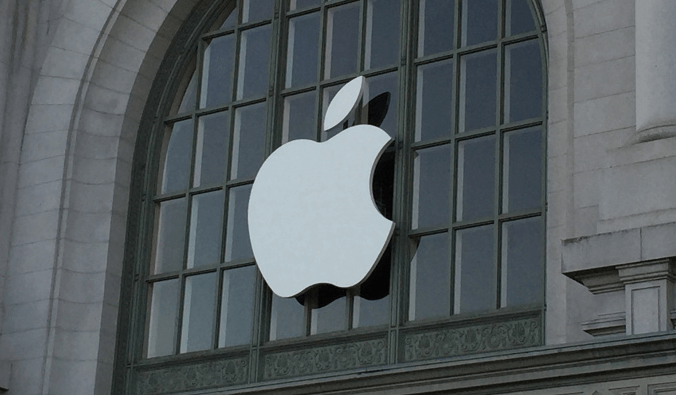On Monday, Apple announced that it would make an app called Home available to users soon, allowing them to connect and control all of their HomeKit-enabled smart home devices from their iPads, iPhones or even Watches.
Per an earlier TechCrunch report live from the event, the Home app will let users control a Fantasia-like orchestra of smart gadgets from one place, including everything from smart doorbells and locks, to thermostats, light bulbs, humidifiers and entertainment systems.
And the app will let users engage Siri to tweak the settings on those devices, of course.
But why is Apple intent on becoming a universal remote, or a nerve center, for the smart home?
Frankly, consumers are not yet buying IoT devices and services with the fervor hoped for by consumer electronics and appliance brands.
According to an Accenture survey of 28,000 tech consumers aged 14-55 in 28 different countries, which the consultancy published in January, about half of consumers have serious security concerns about smart home and other IoT devices, and a quarter of consumers have deliberately postponed buying an ioT device or subscribing to an ioT service.
And despite the absolute flood of smart home devices into the market, only 20% of all European households and 35% of all North American households are using these now, according to Berg Insight, an industry research firm in Gothenburg, Sweden.
So far, the most commonly used smart home devices are: internet-connected and smartphone controllable thermostats, security monitors, audio and entertainment systems, cameras and lightbulbs.
Will smart, cold press juicers, chai tea brewers or toothbrushes be next? Or are we heading more in the direction of smart personal robot-pals and internet-connected mattress pads? It’s hard to say where the hits and flops will be.
Positioning the Home app for end users at the center of this universe can keep Apple essentially involved in every rising trend within the smart home market, no matter where Tim Cook and company place bets on building hardware.
And Home, if it measures up to Apple’s best user experiences, will help keep Apple competitive with Samsung’s SmartThings, Amazon’s Alexa and Google’s Brillo and Weave, in part by keeping end-users enthralled with the iOS ecosystem
Even if developers see huge market opportunity in the Android or other platforms, if a good chunk of consumers want Home-controllable hardware, they’ll find reasons to master design for iOS.
Finally, Home has the potential to bring Apple a front row view of what’s working– and not– in the smart home. The Home app would ostensibly know which smart home devices users are accessing and adjusting the most, and how.
